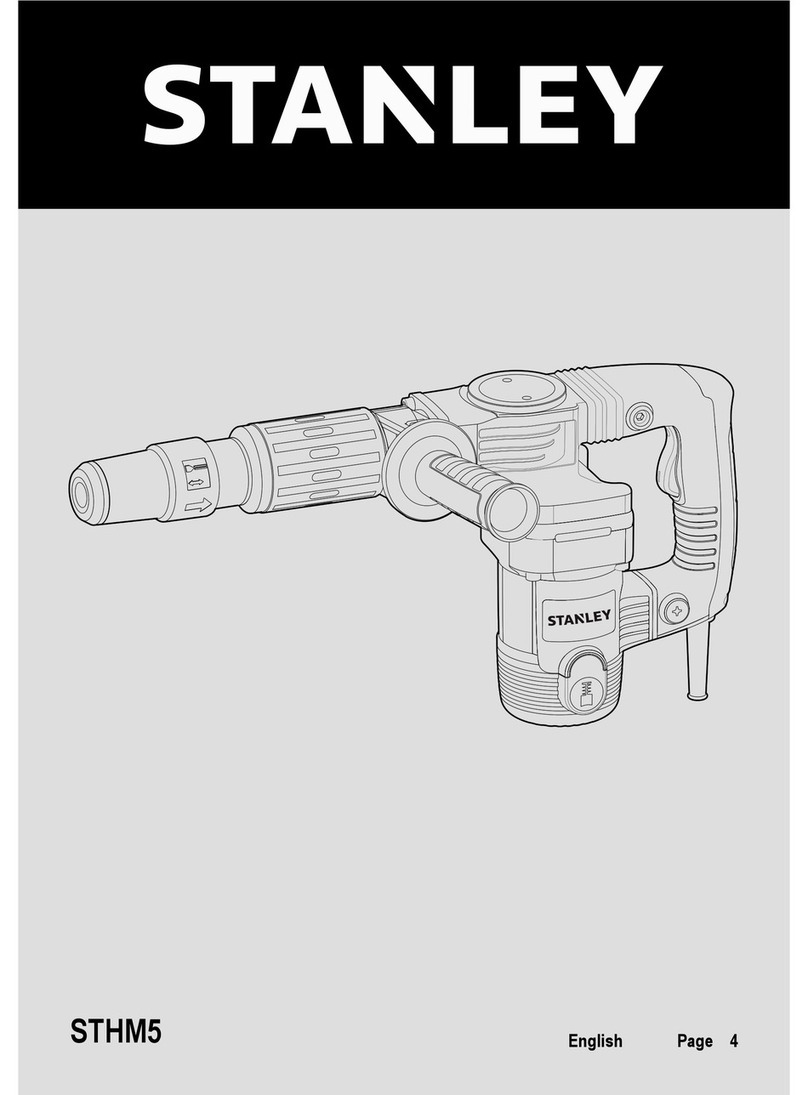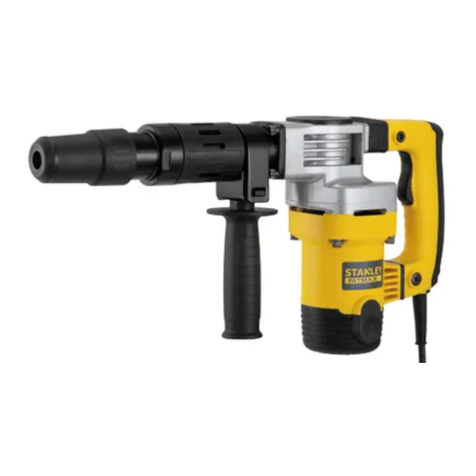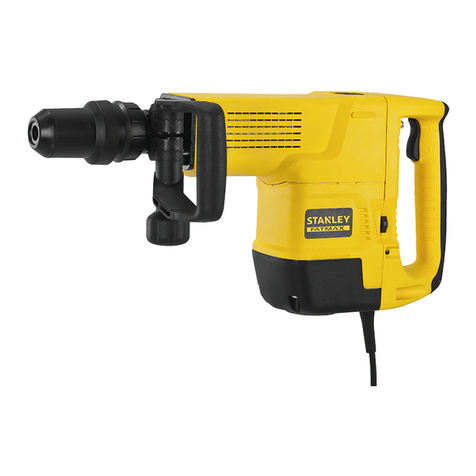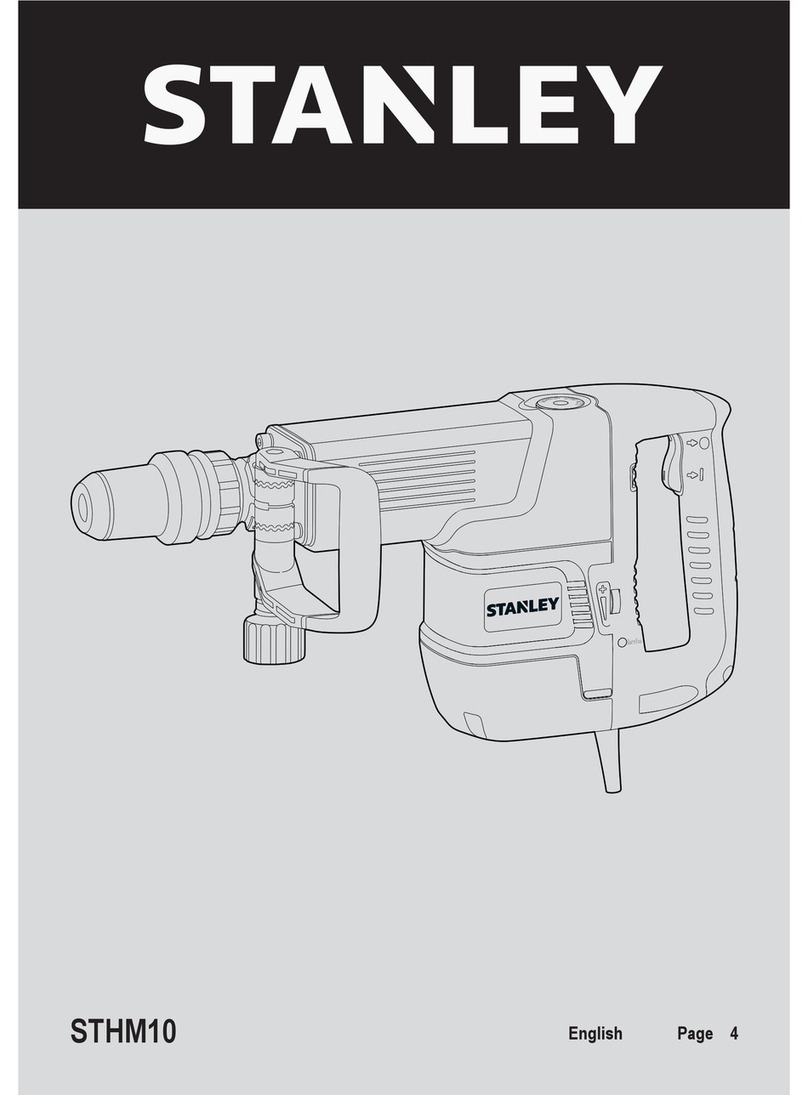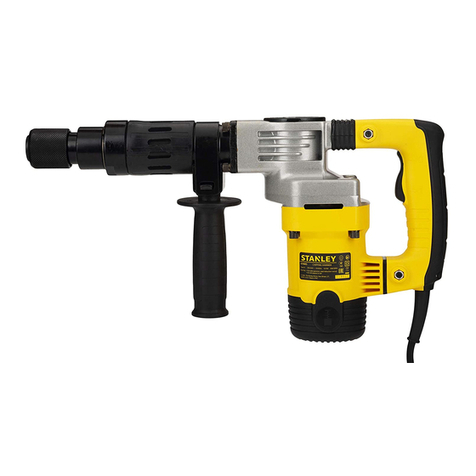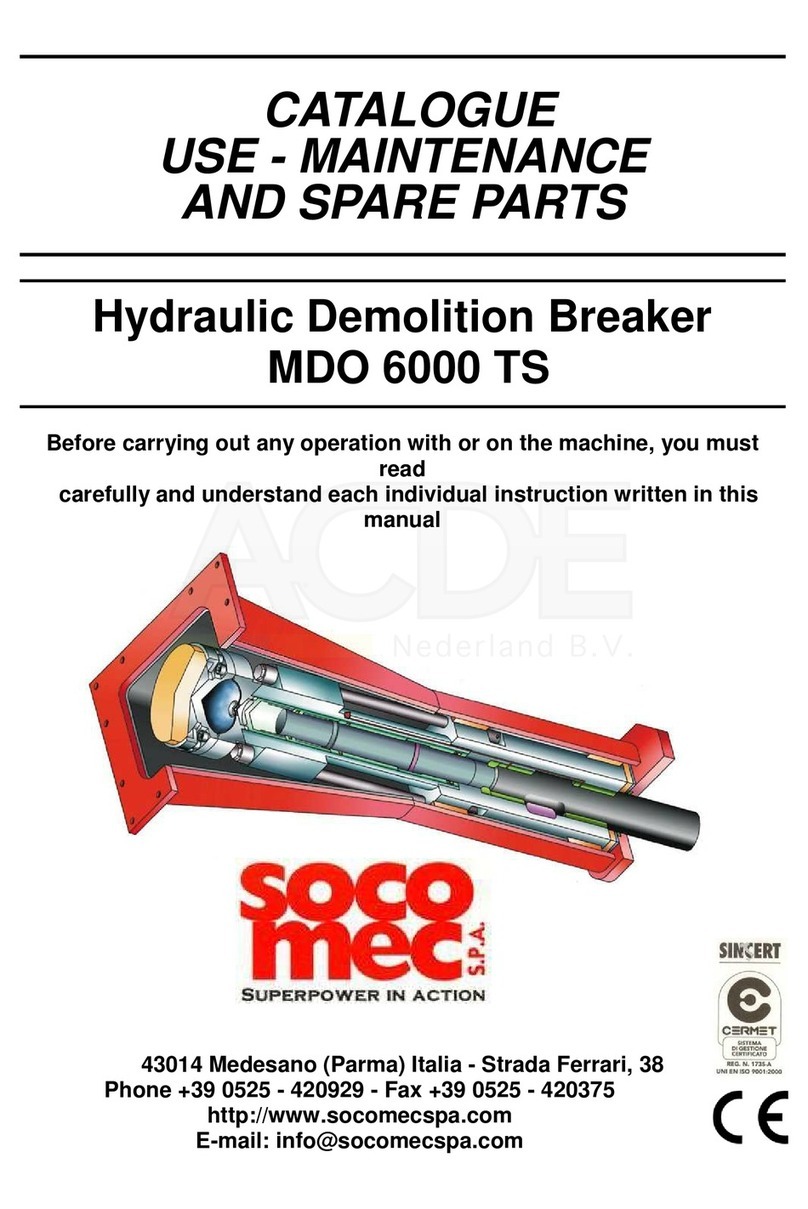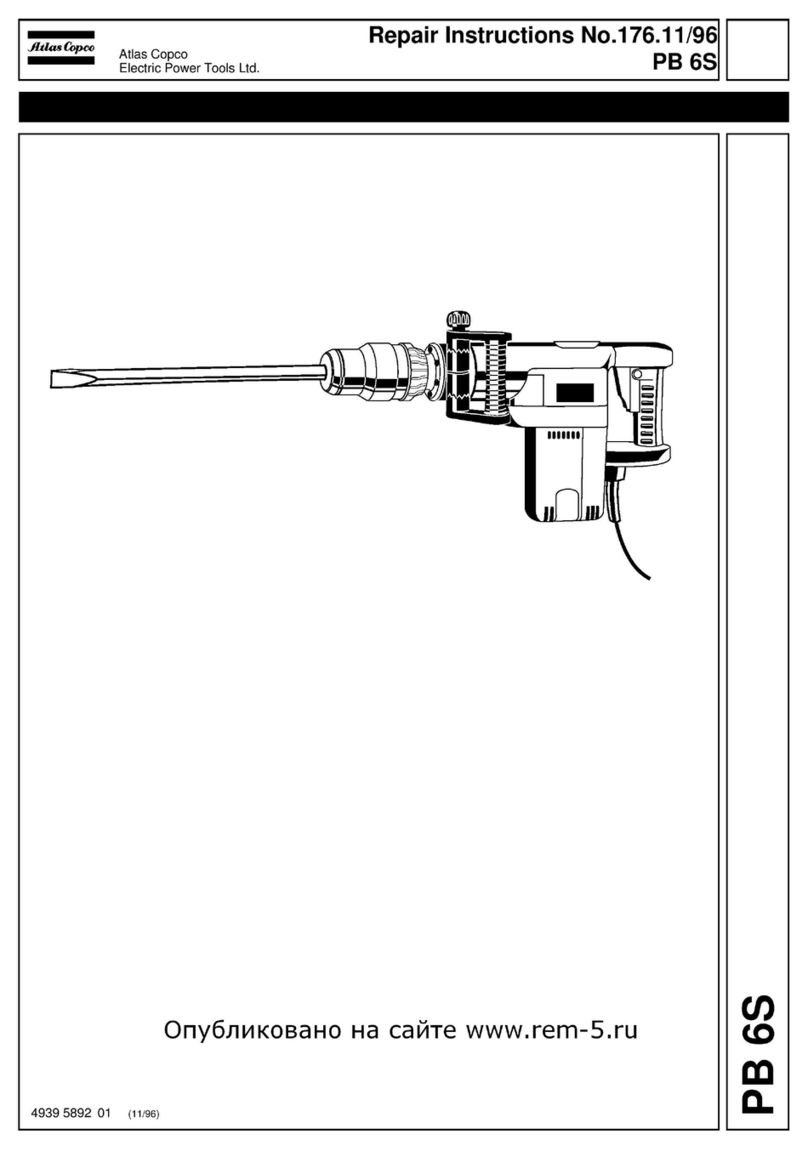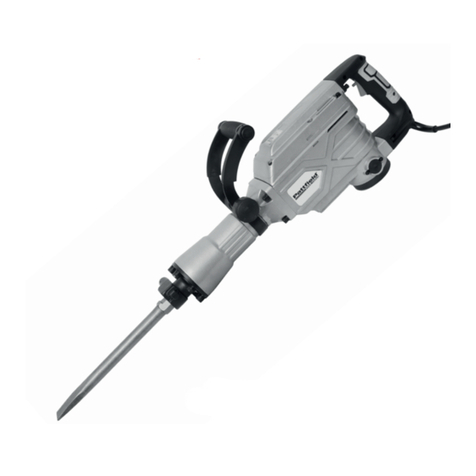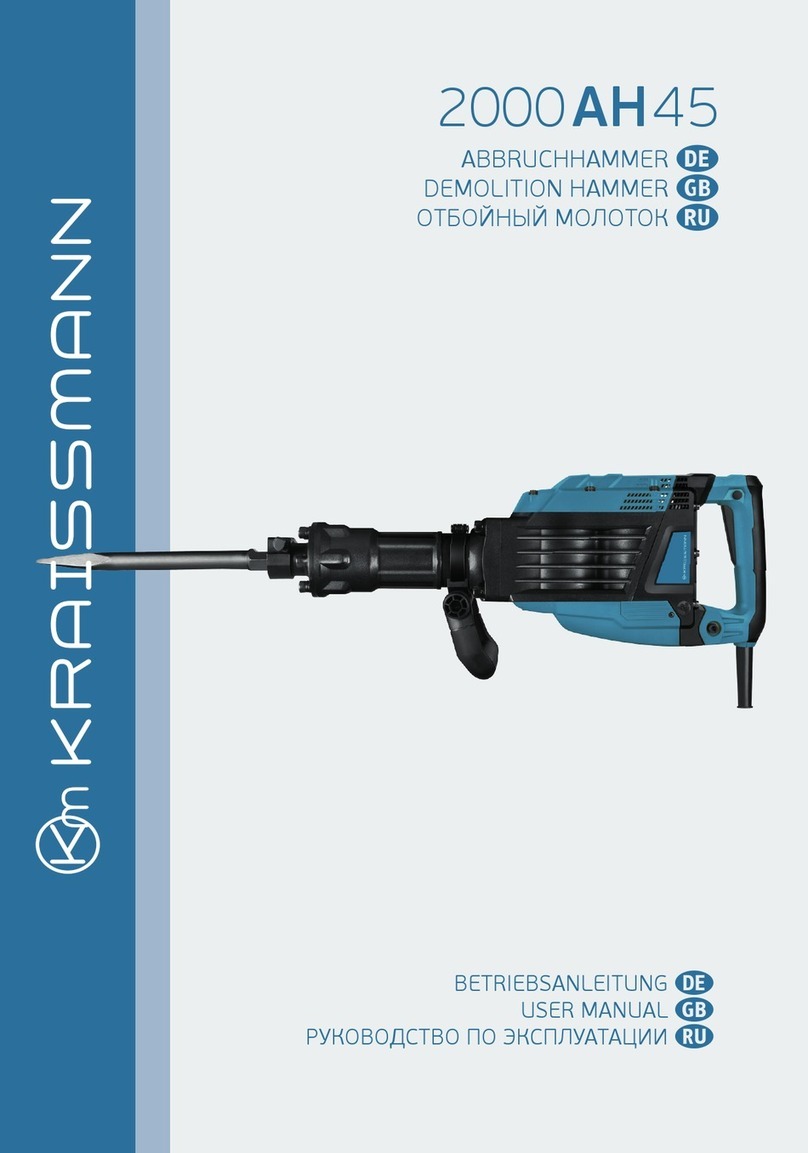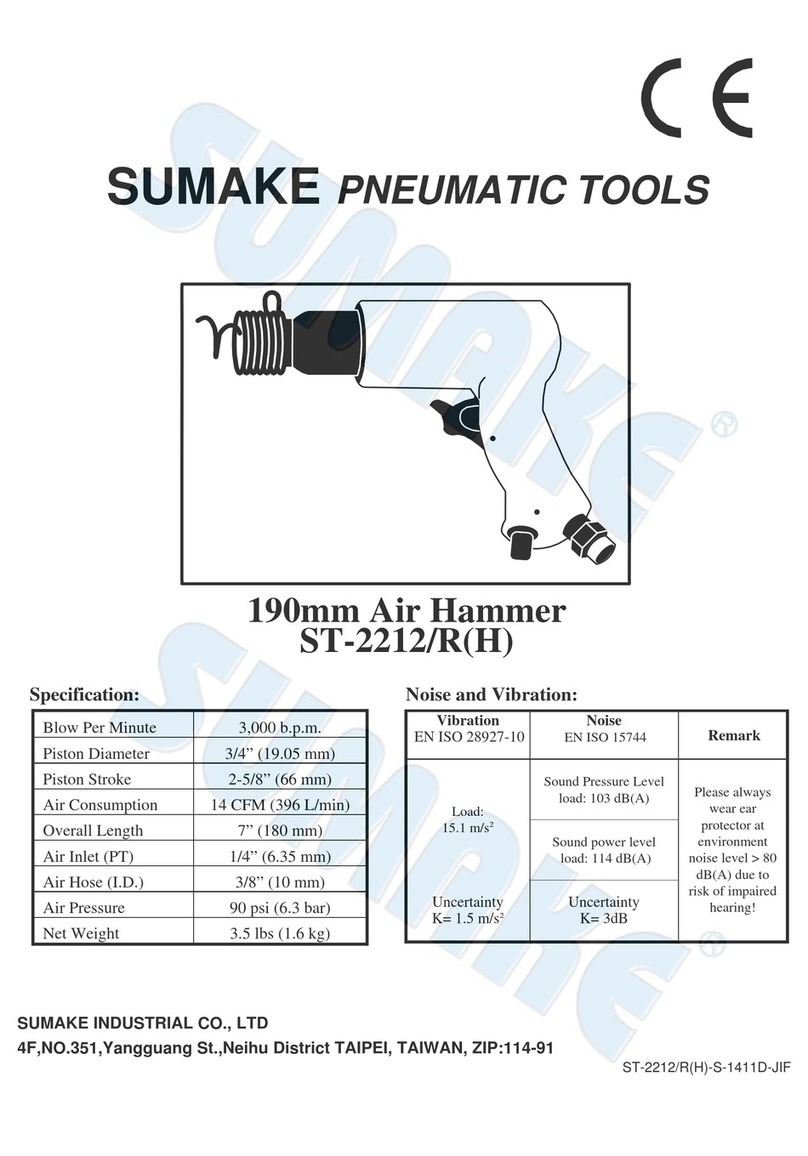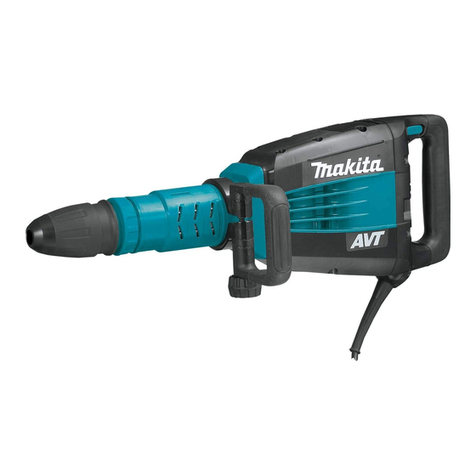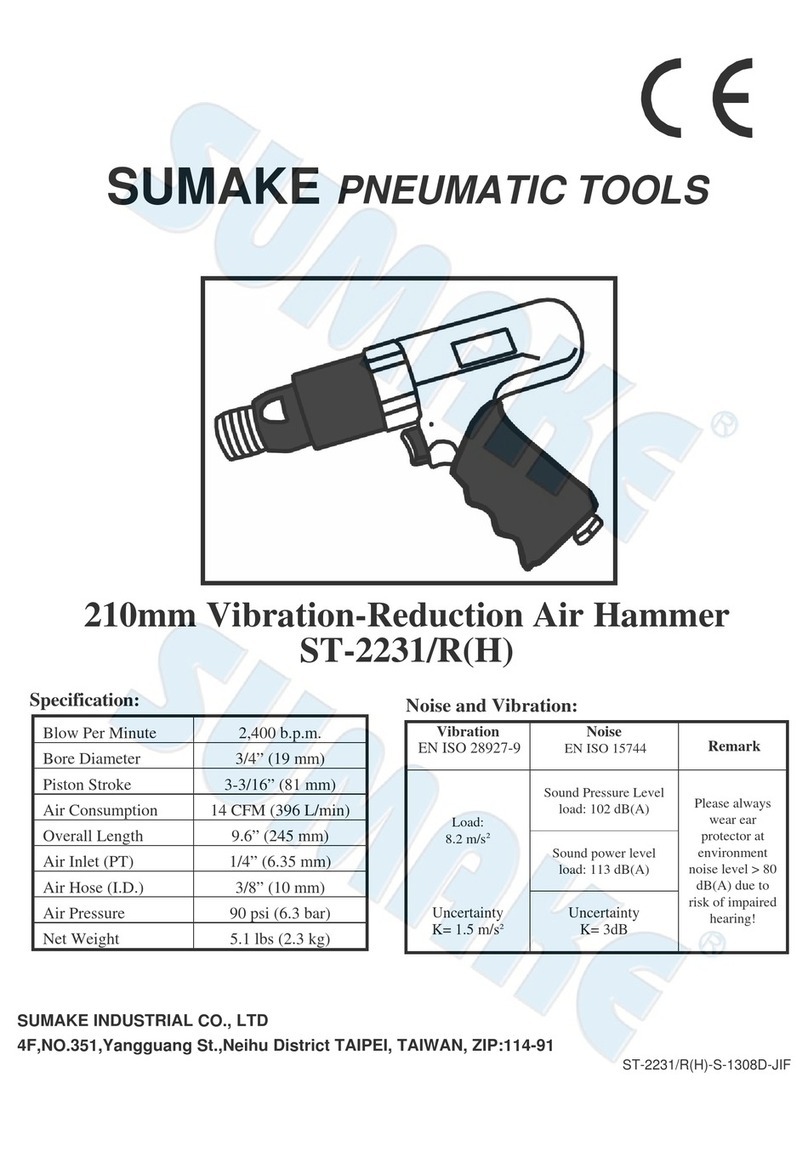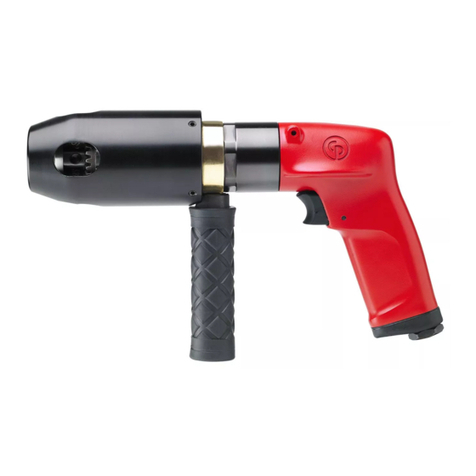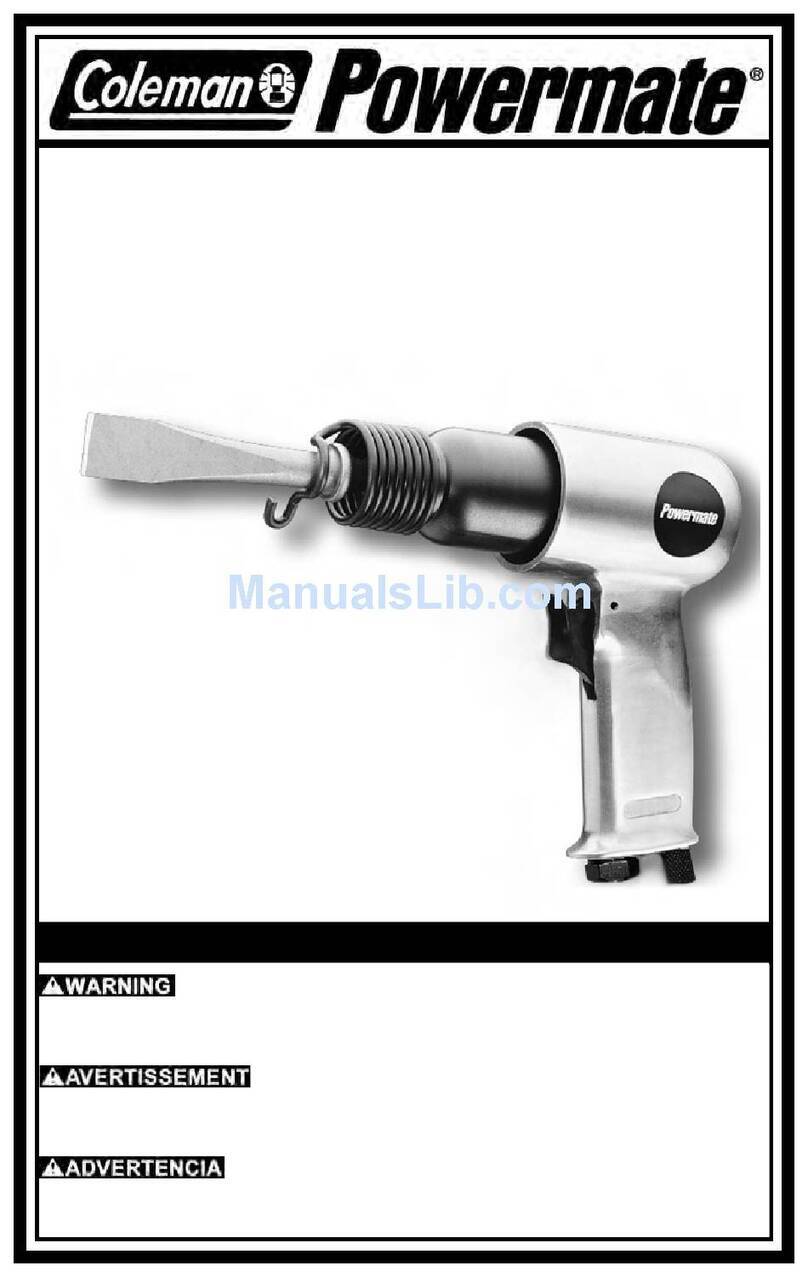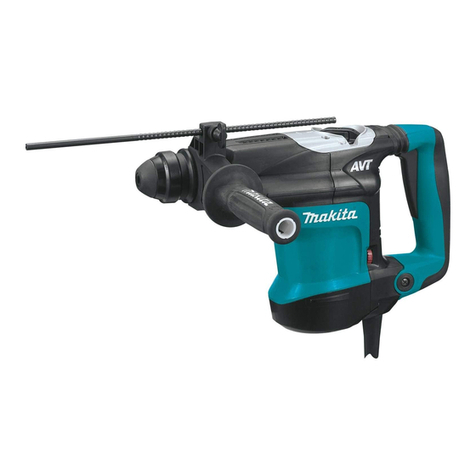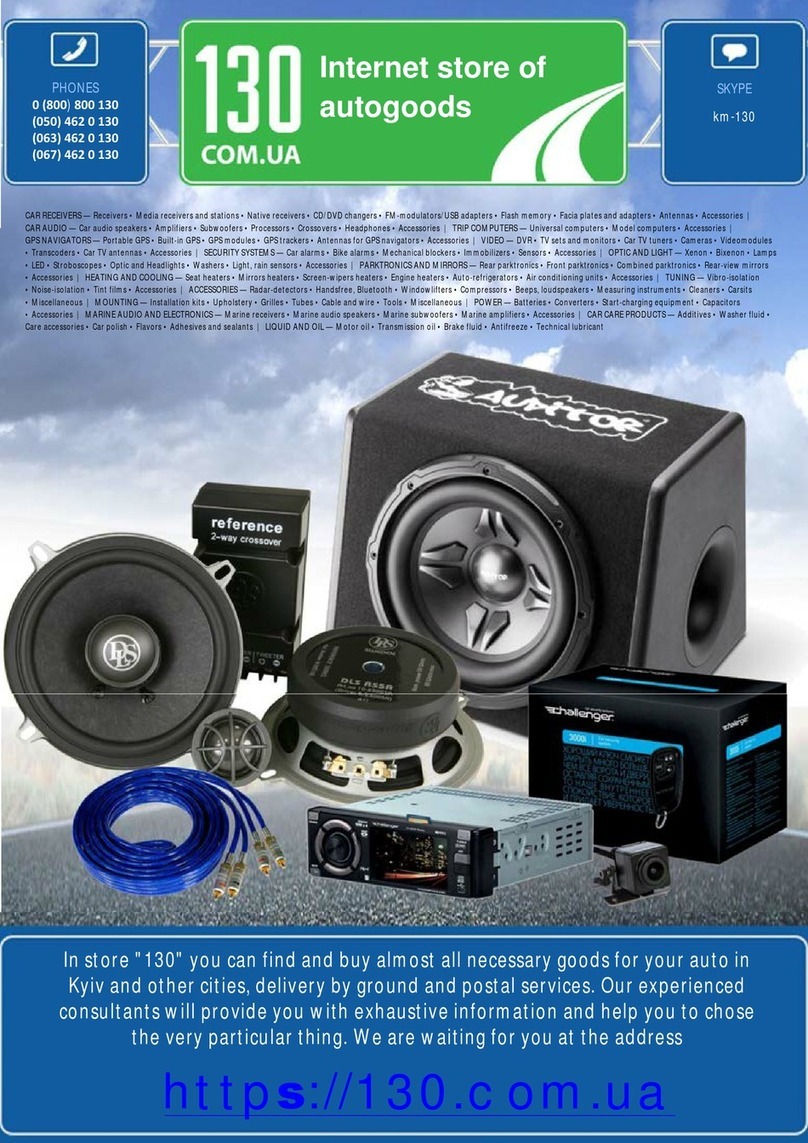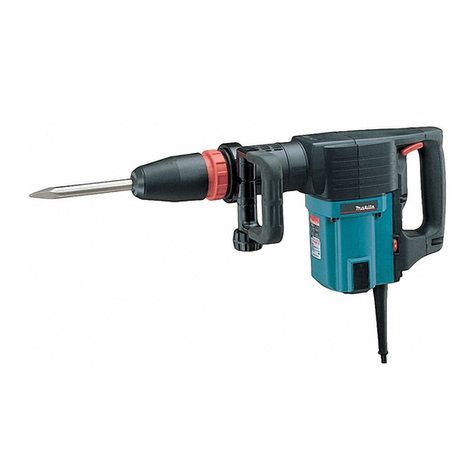
MRP Mobile Rotating Pulverizer Operation & Maintenance Manual | 5
and safety regulations relating to them. If appropriate,
arrange for the safe disposal of the materials by a
qualied person.
• Disassembly of any pin-connected attachment can
be hazardous. NEVER remove any pin unless the
attachment is on the ground and blocked up. Serious
injury or death could result. Metal chips or debris may
y when a connecting pin is struck. Use a brass drift
when striking pins and always wear protective clothing
and proper eye protection. Pins may y when struck
with force to drive them in or out. Always keep people
clear when removing or installing pins.
• Do not operate this, or any other equipment, under the
inuence of drugs or alcohol.
• DO NOT modify LaBounty equipment without factory
authorization. This equipment is designed to do a
specic job and alterations could result in injury.
• ALWAYS lower the boom to the ground before leaving
the cab. If it is necessary to work on an attachment
o the ground, securely support the machine and
attachment. DO NOT support the machine on cinder
blocks, hollow tiles or props that may crumble under
continuous load. DO NOT rely on a cylinder to hold the
attachment in the air. If a control is moved or hydraulic
pressure is otherwise released, the attachment may
drop. DO NOT work under a machine that is supported
only by a jack.
• DO NOT weld on any structural member unless
specically authorized by LaBounty. Unauthorized
welding will void the warranty, may cause structural
failure and could result in personal injury.
• Keep clear of potential pinch points, including the
moving upper jaw, cylinder connections, bucket
linkages and other moving parts.
• Before operating the attachment, read and observe
all safety instructions in the Operation & Maintenance
manual. If you are unfamiliar with any operation or
maintenance procedure, seek instruction before
proceeding.
• Inspect the attachment daily. Do not operate a poorly
maintained or damaged attachment.
• Never operate a machine if an unsafe condition exists.
Attach a “Do Not Operate” tag to the machine.
BASE MACHINE
• Ensure that the cab is equipped with the proper safety
guards for LaBounty applications. The cab MUST be
equipped with an approved Falling Object Protection
Structure (FOPS) and cab guarding. The FOPS must
meet the requirements of SAE standard J1356. A
transparent, shatter-resistant shield covering the
front of the cab, is also required. Contact your base
machine equipment dealer or manufacturer for
more information on the availability of FOPS and cab
guarding. Lack of proper FOPS and guards may result
in injury or death.
• Avoid tipping. The attachment will alter the lift
capacities of the base machine. DO NOT overload
the excavator or serious injury could result. Lift
capacities will vary if the base machine is not on level
ground. Lifting incorrectly can cause severe injury or
machine damage. Use the recommended excavator
counterweight. Use short slings and lift the load only
as high as necessary.
• DO NOT allow riders on the machine. Riders are
subject to serious injuries, such as being struck by
foreign objects or being thrown o the machine.
Riders also distract and obstruct the operator,
resulting in the machine being operated in an unsafe
manner. NEVER use the attachment as a work
platform or personnel carrier.
• Check ground conditions before operating. Avoid
unstable or slippery areas and position the base
machine on rm, level ground. If level ground is
not possible, position the base machine to use the
attachment to the front or back of the carrier. Avoid
working over the side of the base machine.
HYDRAULIC
• Hydraulic oil becomes hot during operation. DO NOT
come in contact with hot hydraulic oil as it could cause
severe burns. Wear adequate protective clothing and
safety equipment.
• DO NOT tamper with hydraulic lines or components
while they are pressurized. Escaping uid under
pressure can penetrate the skin, causing serious
injury. Keep hands and body away from pinholes and
nozzles which eject uids under high pressure. Use
a piece of cardboard to search for leaks. If ANY uid
is injected into the skin, seek immediate medical
assistance.
PPE
• ALWAYS wear close-tting clothing and safety
equipment appropriate to the job. Safety equipment
should be worn at all times when viewing, operating
or maintaining the attachment. Safety equipment
includes eye protection, hard hat, steel toe shoes,
gloves, hearing protection and respirator.
